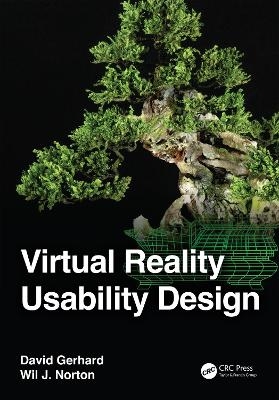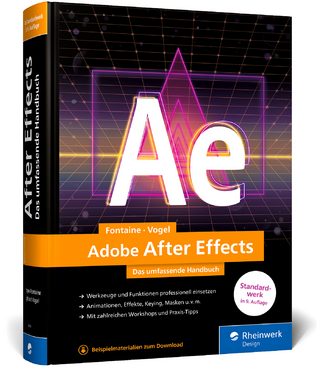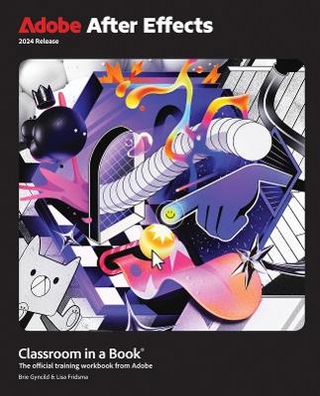
Virtual Reality Usability Design
CRC Press (Verlag)
978-1-032-19869-9 (ISBN)
Full of real-world examples, this book is an indispensable guide for any practicing VR developer interested in making efficient and effective interfaces.
The development of effective and usable software for spatial computing platforms like virtual reality (VR) requires an understanding of how these devices create new possibilities (and new perils) when it comes to interactions between humans and computers. Virtual Reality Usability Design provides readers with an understanding of the techniques and technologies required to design engaging and effective VR applications.
The book covers both the mechanics of how human senses and the mind experience immersive virtual environments, as well as how to leverage these mechanics to create human-focused virtual experiences. Deeply rooted in principles of human perception and computational interaction, the current and future limitations of these replacements are also considered.
Full of real-world examples, this book is an indispensable guide for any practising VR developer interested in making efficient and effective interfaces. Meanwhile, explorations of concrete theory in their practical application will be useful for VR students and researchers alike.
David Gerhard is head of the Department of Computer Science at the University of Manitoba. An award-winning teacher and researcher, his work focuses on information-rich human data in high-performance scenarios such as music and sport. This research combines information retrieval and sensor-based physical computing techniques with human-computer interaction and computational mediation, especially in virtual and augmented reality. His work is often interdisciplinary, incorporating supplementary analytics with social and artistic expression. Dr. Gerhard is a frequent contributor to public discourse on the impact of technology on society through media commentary and interviews for radio, print, and web. Wil J. Norton has been involved in research on spatial computing usability since 2018, much of which was as a member of Dr. David Gerhard's aRMADILo Lab. Wil earned his BASc in electronics engineering from the University of Regina, and has focused on developing hardware for computer interfaces informed by sensory physiology. He is excited at the potential that spatial computing has to provide ways of interacting with computers that better match the human mind and body. In addition to his research, Wil is an avid runner, and enjoys drawing, painting, hobby electronics, and pretty much any other activity that involves working with his hands. Wil is currently a PhD candidate within CSAIL at MIT, where his work focuses on the development of high-resolution haptic displays.
1. What Makes Virtual Reality Remarkable? 2. Making the Virtual Seem Real 3. Sensation and Perception 4. Supporting Primary Senses 5. Supporting Peripheral Senses 6. Perceiving Space and Scale 7. Further Psychological Effects of Inhabiting a Virtual Environment 8. Experience Usability 9. Fictions of Physics 10. Locomotion and Navigation 11. Activities and Interactions 12. Information Display 13. Translating Traditional Interfaces for VR
| Erscheinungsdatum | 06.08.2022 |
|---|---|
| Zusatzinfo | 6 Line drawings, color; 114 Line drawings, black and white; 27 Halftones, color; 3 Halftones, black and white; 33 Illustrations, color; 117 Illustrations, black and white |
| Verlagsort | London |
| Sprache | englisch |
| Maße | 178 x 254 mm |
| Gewicht | 762 g |
| Themenwelt | Kunst / Musik / Theater |
| Informatik ► Grafik / Design ► Film- / Video-Bearbeitung | |
| Informatik ► Theorie / Studium ► Künstliche Intelligenz / Robotik | |
| ISBN-10 | 1-032-19869-9 / 1032198699 |
| ISBN-13 | 978-1-032-19869-9 / 9781032198699 |
| Zustand | Neuware |
| Informationen gemäß Produktsicherheitsverordnung (GPSR) | |
| Haben Sie eine Frage zum Produkt? |
aus dem Bereich


